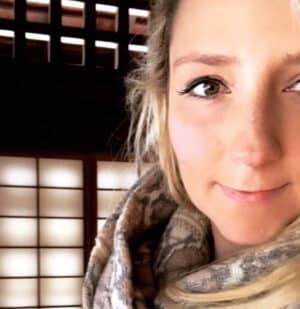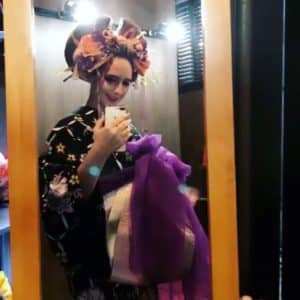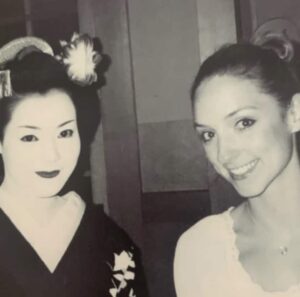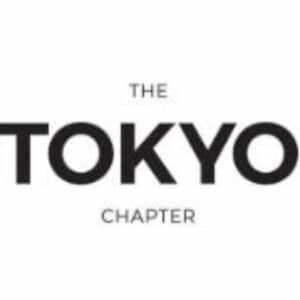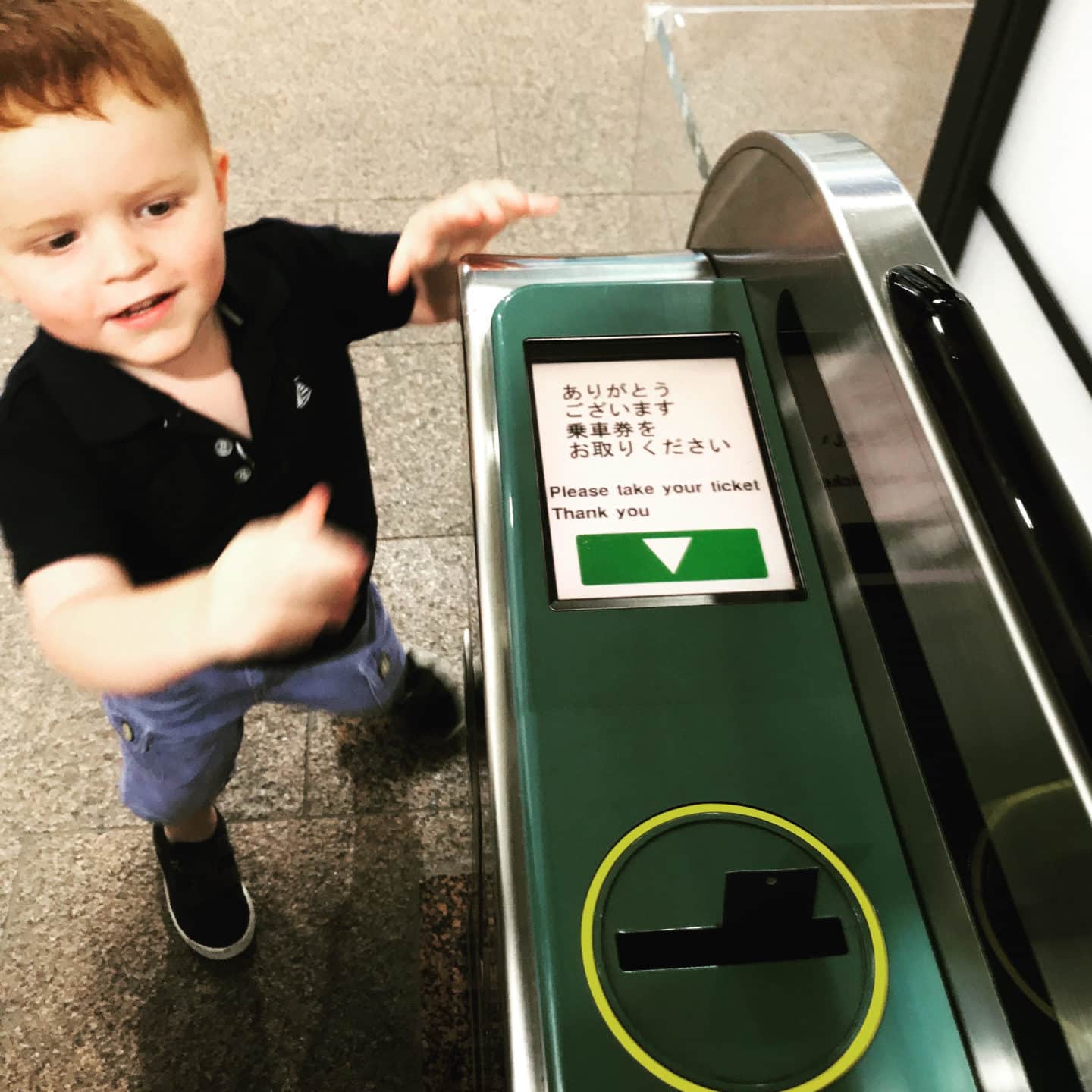
Understandably, many first timers struggle to know the difference between travel card options such as SUICA, PASMO, ICOCA card and many others.
Allow me to break it down, as simply as I can, for you here.
To make it super clear: A SUICA card is not a rail pass. A SUICA Card is not a discount rail pass. A SUICA Card is a digital or physical card payment method for paying for travel. You load money on to the card and then pay by tapping at the ticket gates. You do not have to use a SUICA card to travel in Japan. You can also pay cash for individual tickets as you go.
To make it super clear: A PASMO card is not a rail pass. A PASMO card is not a discount rail pass. A PASMO card is a digital or physical card payment method for paying for travel. You load money on to the card and then pay by tapping at the ticket gates. You do not have to use a PASMO card to travel in Japan. You can also pay cash for individual tickets as you go.
To make it super clear:An ICOCA card is not a rail pass. An ICOCA card is not a discount rail pass. An ICOCA card is a digital or physical card payment method for paying for travel. You load money on to the card and then pay by tapping at the ticket gates. You do not have to use an ICOCA card to travel in Japan. You can also pay cash for individual tickets as you go.
See here if you are also confused as to what a JR pass is.
Do you HAVE to buy a Suica or Icoca Card?
Absolutely not! This is not instead of currency in Japan. Nor is it instead of credit cards in Japan. These are simply transportation cards with an embedded chip that you can use to load money on and then touch on and off at stations.
Please also remember that if you find it all too overwhelming, then you can also buy single tickets at a time. I quite like doing this with our kids. They help me find the station on the map, how much it costs and insert the money. They also love the responsibility of placing their own ticket in the machine.
Please note that physical pasmo and Suica cards have been suspended ( beginning August 2, 2023) This is due to a global semiconductor material shortage. HOWEVER, it has been announced that the physical cards will be back Autumn 2024.
This means that other options include:
– adding a Suica or pasmo to your iPhone wallet
-purchasing a physical “Welcome Suica” rechargeable card – designed for tourists- purchasing a physical “Pasmo Passport” rechargeable card – designed for tourists
See below for more info.
SUICA
Suica is a pre-paid travel card.
I can be used for travelling and (some) shopping and vending machines.
When using it for travel, it can just be used to touch on at the ticket gate. It can be used for JR trains, subways and buses. It also works on the Tokyo Monorail to Haneda Airport. Every person using public transport with a Suica needs their own card.
You can buy a Suica card at major JR Stations via vending machines or at JR offices ( you can also recharge at those same places too.) New cards require a 500 yen deposit.
You can buy cards for adults and children – the difference is the amount deducted will be less each ride – to line up with the price of a child’s ticket.
*In Japan, children under six can travel for free as long as there are no more than two children per adult. If you have more than two children travelling with you, the third child will need to pay a child’s fare.
For those living in Japan, you will need to buy a “MySuica” card and register your name, date of birth, phone number and gender. This also means that if you lose your card you will be able to issue a new card easily without losing the money on the card already.
For tourists in Japan: you can purchase a “Welcome Suica” card. This card requires no deposit and automatically expires after 28 days. It is not possible to receive a refund on your Suica card remaining amount before you leave Japan so keep an eye on the amount for the last few days and maybe switch to pay as you go paper tickets if the idea of wasting money freaks you out.
Is it worth getting a Welcome Suica over a normal Suica?
Welcome Suica is designed for tourists and doesn’t require a 500 yen deposit. Welcome Suica are mostly sold at the airport stations but are also at some major Tokyo train stations. The lines at the airport to get one can be crazy long. I recommend just getting a normal suica card over lining up when you’re already tired. The difference is 500 yen and you can just buy it on day 2 of your holiday instead then.
For shinkansen travel it is easier to just buy a paper ticket as the Suica doesn’t cover the surcharge for bullet trains, limited express and other high speed trains so you’ll need to buy a paper ticket anyway. Also, shinkansen costs a lot which means you’ll be moving a lot of money onto the car to simply just touch on (with and additional paper ticket.)
Buying a physical SUICA card at Haneda Airport?
Take the escalators down to the train station. Buy them at the left hand side – before the ticket gates.
Does my 6 year old need a children’s SUICA card?
If they turned 6 before April 1, then, technically, yes.
There is also an option to put Suica on your apple wallet – only for apple devices right now as far as I know. .
FROM MARCH 2025, THERE WILL ALSO BE A “WELCOME SUICA” APP FOR TOURISTS! Stay tuned for more info!
Android users can access Mobile Suica via Google Play- but only for smartphones purchased in Japan.
The wallet option is great for solo travelers but can get tricky with families as every travelling member will need a separate device.
Also, just remember that if your phone battery dies – you can get stuck and will have to then buy a paper ticket. HOWEVER, if you have loaded money onto the card and use your phone with the card on the wallet but don’t have internet connection – don’t worry – the wallet option will still work (it just scans your number and so can still tell what funds are left on the card.)
Suica card can save you a tiny bit of money on train fares but as little as 2-3yen per ticket so I’d hardly call it a discount travel card. This is a card designed for convenience.
If you need to check your balance, then watch the number pop up as you tap through on the ticket gates or make a vending machine purchase.
Did you know that you can also charge your pasmo and suica on your phone or apple watch wallet at the ATMs at 7-Eleven in Japan? Tap on “charge/emoney” and then “charge prepaid transaction cards” and then place your phone on the touch pad and choose “charge” on the screen.
PASMO
A Pasmo card is the same as a Suica. You can use it for trains, subways and metro stations and some buses. It is also a tap on card.
You can purchase a Pasmo at most stations ( including subway stations) at a vending machine by tapping ENGLISH on the machine and following the instructions provided.
Some people like to get a special Sanrio character or limited edition decorated Pasmo card. These are sold at station counters (not the vending machines) and at Haneda and Narita airport and Tokyo Metro Stations Shinjuku, Meiji-Jingumae, Ueno.
PASMO PASSPORT
Sometimes referred to as a Greater Tokyo Pass, a Pasmo Passport is a rechargeable travel card.
You can choose from two types of cards:
a 5 day pass (7,200 yen for adults/ 3,600 yen for children) that can be used on 13 private railway lines in the Kanto area in and around Tokyo as well as on 31 bus companies in Metropolitan Tokyo and three surrounding prefectures.
or a 3 day pass (6,600 yen for adults / 3,000 yen for children)for unlimited travel on 13 private railway line companies in the Kanto area in and around Tokyo.
The passport card is valid for the 3 or 5 days following the day of purchase.
A pasmo passport card can be purchased from ticket offices or ticket vending machines at Narita Airport, Haneda Airport, Tokyo Metro Pass Offices in Iidabashi, Ikebukuro, Ueno, Ueno-Okachimachi, Shimbashi, Shinjuku-Nishiguchi, Otemachi, Ginza, Shinagawa, Shibuya, Takadanobaba, Meiji-Jingumae-Harajuku and Yokohama Metro Stations.
Then it’s to be used as a touch on and off card at ticket gates.
Please note that the pass doesn’t cover limited express trains.
ICOCA
Icoca is the same a Suica and Pasmo but is sold in the west of Japan – which includes cities like Kyoto and Osaka.
An Icoca card can be purchased at vending machines at most train stations.
It is possible to purchase a card ahead of time online via Klook.
Although it is not a rechargeable card, you may also be interested in a 24, 48 or 72 hour Tokyo subway ticket.
24 hour subway tickets cost 800 yen per adult / 400 yen per child
48 hour subway tickets cost 1,200 yen per adult/ 600 yen per child
72 hour subway tickets cost1,500 yen per adult/ 750 yen per child
Every passenger needs their own pass. The pass means unlimited subway travel within that time frame.
To find out if this is a good option for you, use google maps to guestimate your travel costs on the subway. Either way, the tickets are reasonably priced and are more convenient than individual tickets.
You can purchase these Tokyo Subway Passes at airports, Tokyo Metro Pass offices at Stations (Ueno, Nihonbashi, Ikebukuro Marunouchi line, Ikebukuro Yurakucho line, Ginza, Shimbashi, Shinjuku, Ebisu, Iidabashi, Takadanobaba, Akasaka-Mitsuke, Meiji-Jingumae, Shin-ochanomizu, Otemachi & Tokyo Station), Tokyo Metro Tourist Centres in Ueno, Shinjuku and Omotesando, at BIC Camera and Laox Electronic stores.
Did you know that you can also charge your pasmo and suica on your phone or apple watch wallet at the ATMs at 7-Eleven in Japan? Tap on “charge/emoney” and then “charge prepaid transaction cards” and then place your phone on the touch pad and choose “charge” on the screen.
Download the Japan Official Travel App
This is a fabulous app to have on your phone in the case of an emergency as it will help you in the event of a disaster and also can help you find supermarkets, drugstores, luggage forwarding, atms, free wifi zones, discounted travel tickets etc.
What happens if my Suica or Pasmo runs out of money mid-trip in Japan?
No need to worry- at the other end – before tapping off – just visit the Fare Adjustment machine in the wall and it will calculate the balance for you and you can pay on the spot.
I have written even more detailed tips for preparing for a trip to Japan.
If you have a little girl or boy who can’t get enough of trains and transport, I recommend they will love these spots.

